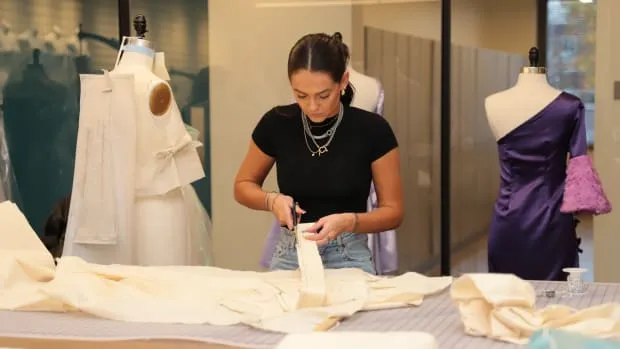Fashion is not just about clothing; it’s a dynamic blend of art, culture, and commerce. University fashion programs play a vital role in shaping the future of the industry by equipping students with the skills, knowledge, and creativity needed to thrive. This article explores the different types of fashion programs available, their benefits, and tips for choosing the right one.

Types of University Fashion Programs
Fashion Design
- Focuses on the creative aspects of designing clothing and accessories. Students learn about sketching, pattern making, draping, and fabric selection.
Fashion Merchandising
- Concentrates on the business side of fashion, including marketing, retail management, and trend forecasting. Students gain insights into consumer behavior and the supply chain.
Fashion Marketing
- Merges creativity with business strategies, teaching students how to promote fashion brands through various channels, including social media, advertising, and public relations.
Fashion Technology
- Combines fashion design with technology, exploring areas like textile innovation, sustainable practices, and digital fashion tools, such as CAD (Computer-Aided Design).
Costume Design
- Specializes in designing costumes for theater, film, and television. Students study historical costumes and learn techniques for creating visually compelling outfits that enhance storytelling.
Sustainable Fashion
- Focuses on eco-friendly practices in fashion, including sustainable materials, ethical production methods, and the impact of fashion on the environment.
Benefits of Studying Fashion
- Skill Development: Students acquire technical skills in design, sewing, and pattern making, as well as business acumen in marketing and management.
- Creative Expression: Fashion programs encourage students to explore their creativity, develop their unique style, and build a personal portfolio.
- Industry Connections: Many programs offer networking opportunities through internships, collaborations, and guest lectures from industry professionals, helping students build valuable connections.
- Real-World Experience: Hands-on projects, fashion shows, and exhibitions allow students to apply their skills in practical settings and gain experience in the fast-paced fashion industry.
- Cultural Awareness: Studying fashion often includes an exploration of cultural influences and historical contexts, broadening students’ perspectives on global fashion trends.
Choosing the Right Fashion Program
- Identify Your Interests: Determine which aspect of fashion excites you the most—design, merchandising, marketing, or technology. This will guide your program choice.
- Research Schools: Look for universities with strong fashion programs. Consider factors such as faculty expertise, facilities, internship opportunities, and industry connections.
- Portfolio Requirements: Many design programs require a portfolio as part of the application process. Start building your portfolio early to showcase your creativity and skills.
- Visit Campuses: If possible, visit potential schools to get a feel for the environment, facilities, and culture. Speak with current students and faculty to gather insights.
- Consider Location: Schools located in fashion hubs (like New York, Milan, or Paris) may offer additional opportunities for internships and networking.
- Explore Financial Aid: Look into scholarships, grants, and financial aid options available for fashion students, as these can help alleviate costs.
Conclusion
University fashion programs are essential for nurturing the next generation of fashion innovators and leaders. With diverse specializations and a focus on both creativity and business, these programs provide a comprehensive education that prepares students for a variety of careers in the fashion industry. By choosing the right program and taking advantage of available resources, aspiring fashion professionals can set themselves on a path to success in this vibrant and ever-evolving field.